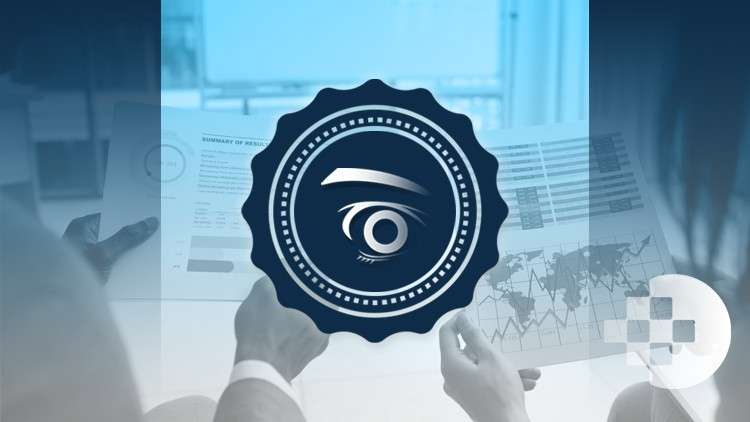
Understanding Key Economic Indicators: A Comprehensive Introduction for Beginners
What you will learn
Understand the significance of key economic indicators like GDP and inflation rates
Grasp complex economic concepts with no prior background needed
Build a strong foundation in economic literacy for beginners
Apply theoretical knowledge to real-world economic scenarios
Develop critical thinking skills to evaluate economic reports and policies
Enhance your resume with a solid grasp of economic indicators
Why take this course?
Economic indicators are vital tools for understanding and predicting the performance of an economy. This course provides a thorough introduction to these key metrics, equipping students with the knowledge and skills needed to interpret and leverage economic data for informed decision-making in business, finance, and policy.
The course begins by exploring what economic indicators are and why they are crucial for analyzing economic health and trends. You will gain a clear understanding of the different types of indicators—leading, lagging, and coincident—and how each provides insights into different aspects of economic activity. This foundational knowledge will help you anticipate economic shifts and make strategic decisions that align with current and future economic conditions.
Understanding how to interpret economic data is a critical skill covered in this course. You’ll learn to decode the signals sent by various indicators, understanding what they reveal about the state of the economy and how they can be used to predict future trends. This section provides practical tools for analyzing data and applying it to real-world scenarios, whether you are involved in corporate strategy, investment decisions, or economic policy.
The course then delves into the major economic indicators, beginning with Gross Domestic Product (GDP), the primary measure of a nation’s economic activity. You will learn how GDP is calculated, what it signifies about economic growth, and how it can be used to assess the overall health of an economy. Understanding GDP is essential for anyone involved in economic analysis or business planning, as it provides a macro-level view of economic performance.
Inflation and the Consumer Price Index (CPI) are also key topics in this course. You will explore the causes and consequences of inflation, learning how rising prices affect purchasing power, cost of living, and economic stability. The course will teach you how to interpret CPI data and use it to make informed decisions in both personal finance and business strategy. By understanding inflation, you can better navigate periods of economic instability and protect your assets from devaluation.
Unemployment rates and labor market data form another critical component of this course. You will study the different types of unemployment and what they indicate about the health of the labor market. This knowledge is crucial for understanding economic cycles, workforce dynamics, and the impact of unemployment on economic growth and social stability. By the end of this section, you will be able to analyze labor market data to assess economic conditions and make strategic decisions in response to changes in employment trends.
Throughout the course, you will develop the ability to analyze and interpret economic indicators, providing you with a practical skill set that is highly valuable in a wide range of careers. Whether you are involved in business, finance, policy-making, or simply interested in understanding the economy, this course will give you the tools to navigate economic challenges and capitalize on opportunities.
By the end of the course, you will have a comprehensive understanding of economic indicators and how to use them to make informed decisions that drive success. This course is ideal for professionals, students, and anyone looking to gain a deeper insight into the economic forces that shape our world.